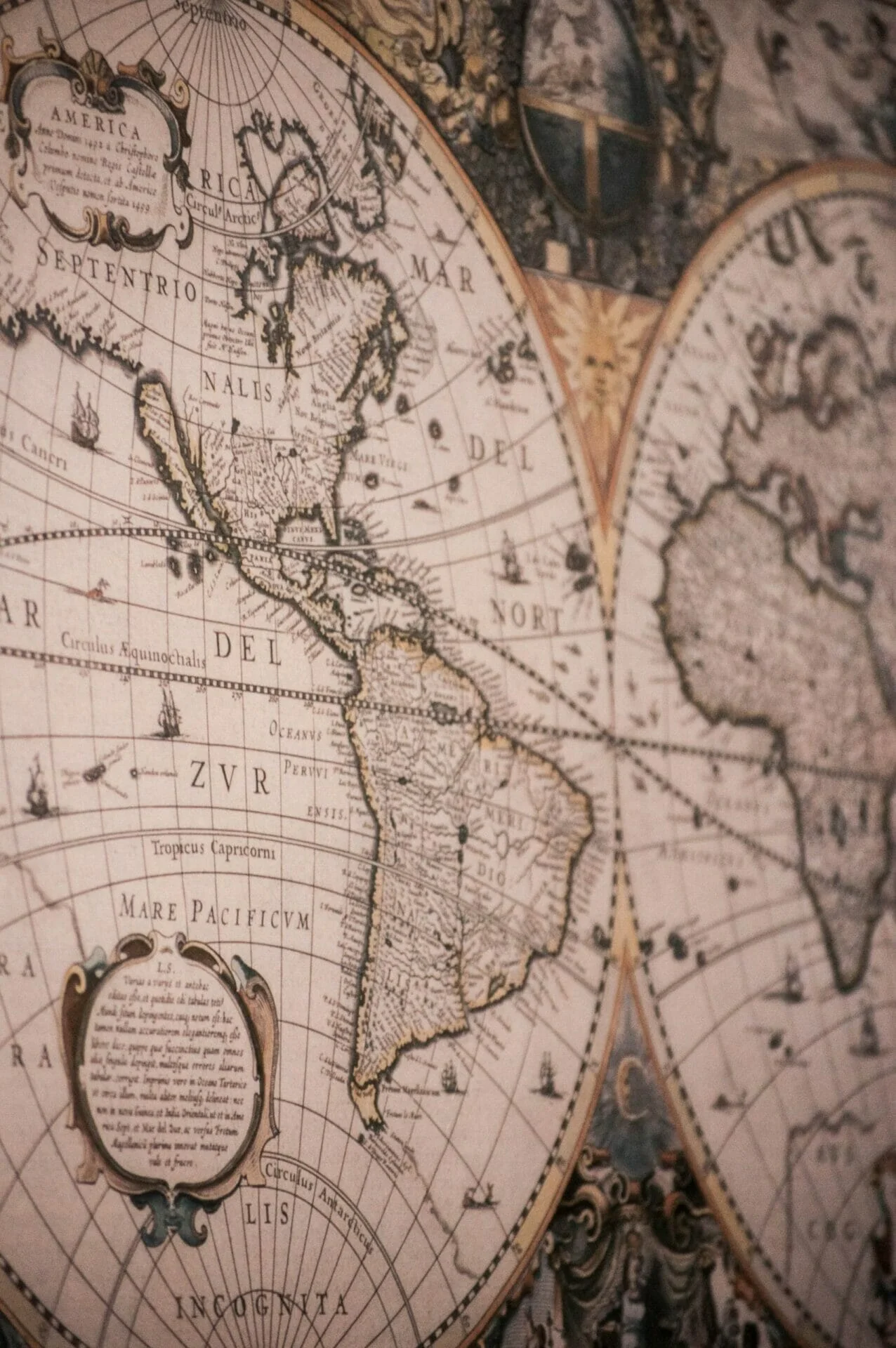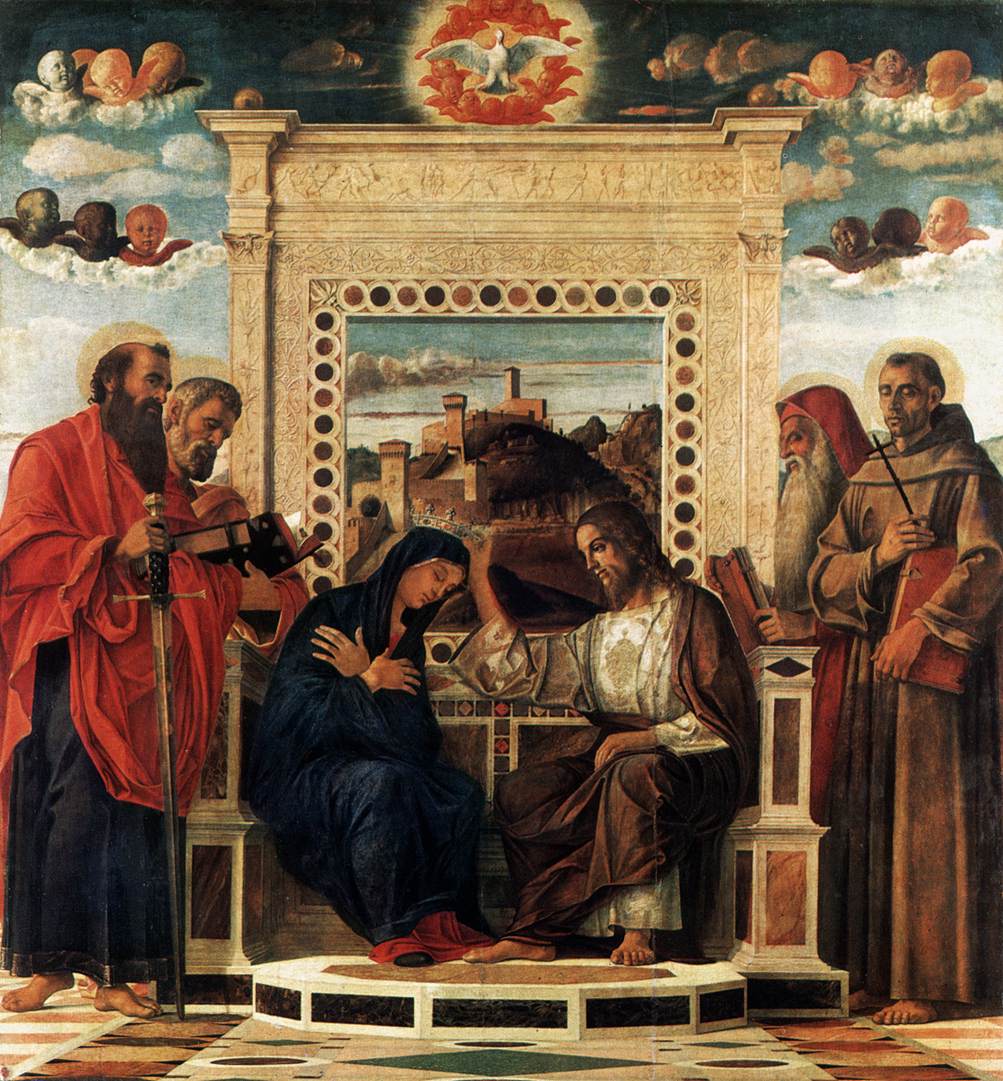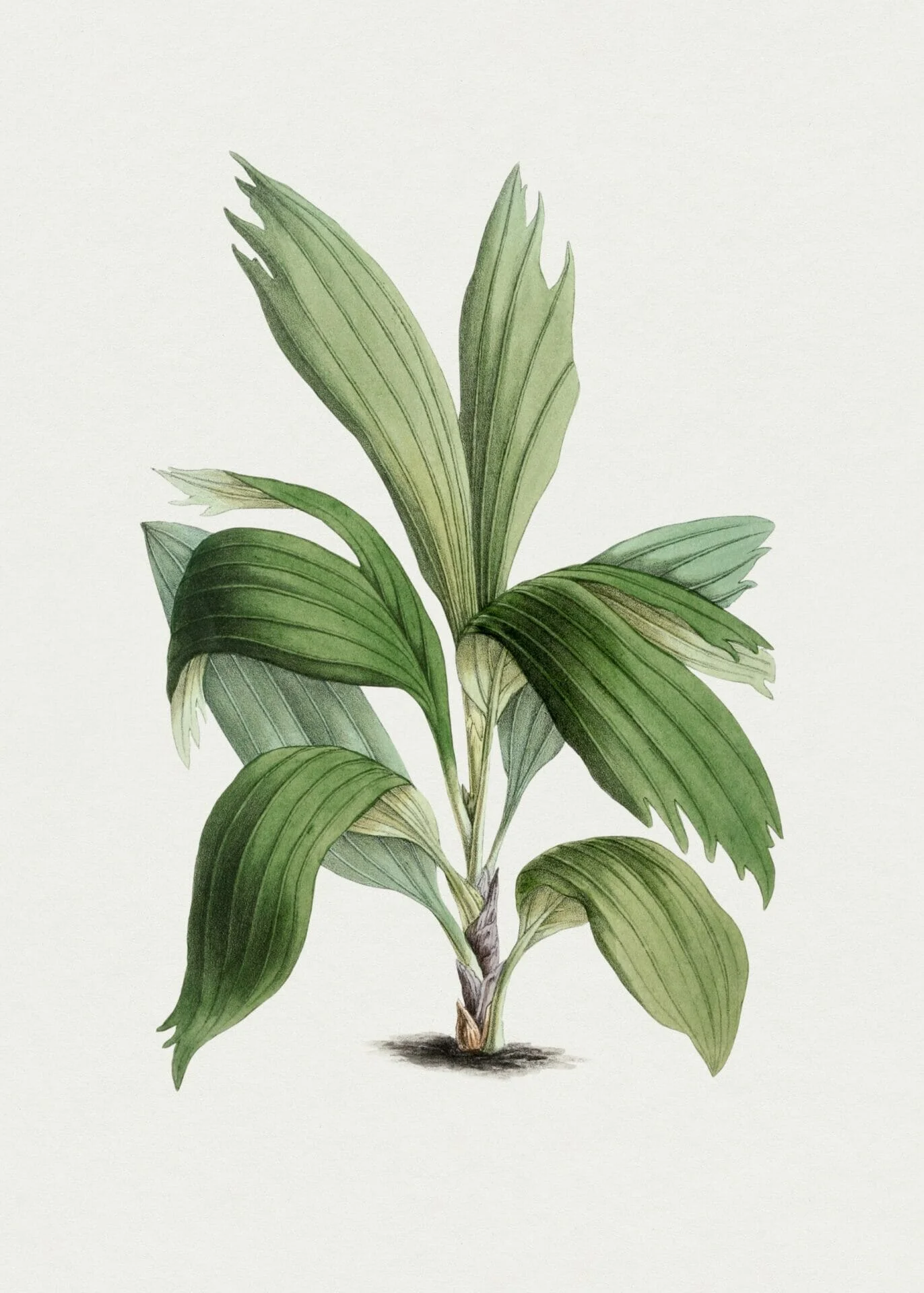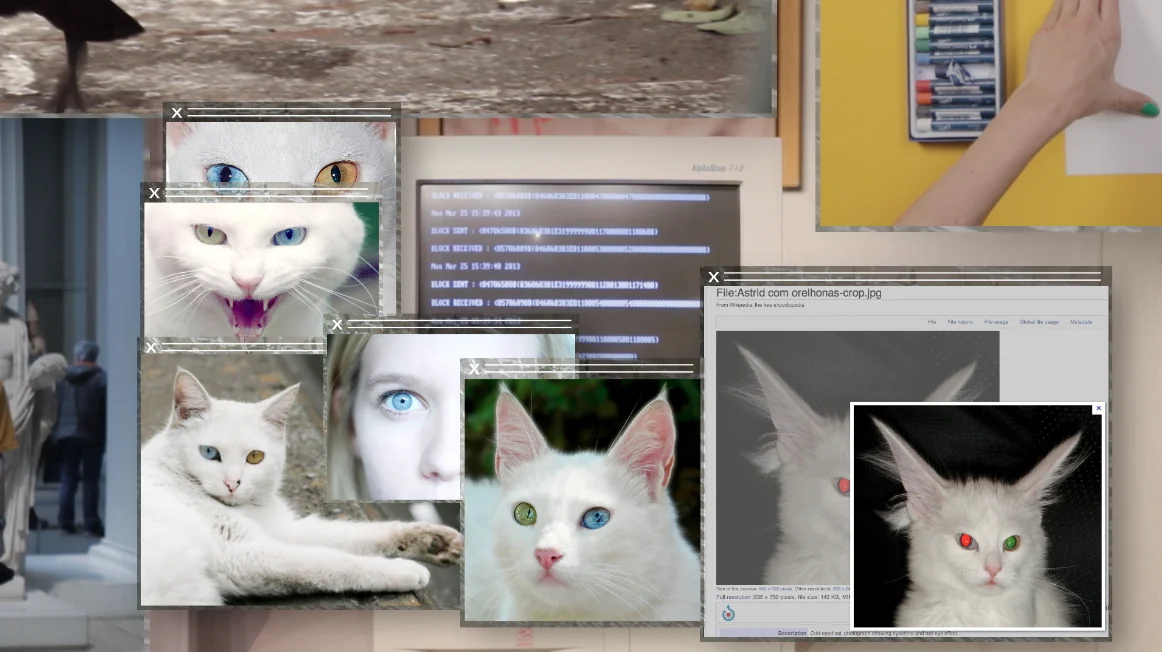
Grosse fatigue | The Inexhaustible nature of knowledge
Artist
Year
Country
For the 55th Venice Biennale by artistic director Massimiliano Gioni, French artist Camille Henrot exhibited Grosse Fatigue at the Arsenale, awarded with the Silver Lion. The film project was conducted as part of the Smithsonian Artist Research Fellowship Program in Washington, D.C.
Samples of Chaos. The experience of density
Grosse Fatigue (Dead Tired) is a 13-minute color film set on a computer desktop. Signs, texts, images, and sounds operate as choreography in this film. It becomes a physical experience. Through screensaver and pop-up windows interfaces, it displays the chaos of the Web. The Backbone of Grosse Fatigue is a long poem recited in spoken word – the ancestor of hip-hop music – the typical form of expression used in the 1970s by the New York musical group The Last Poets. Joakim Bouaziz‘s musical composition, a slam beat soundtrack, meet the narrative voice-over of Akwetey Orraca-Tetteh, (tween half of Dragon of Zynth).
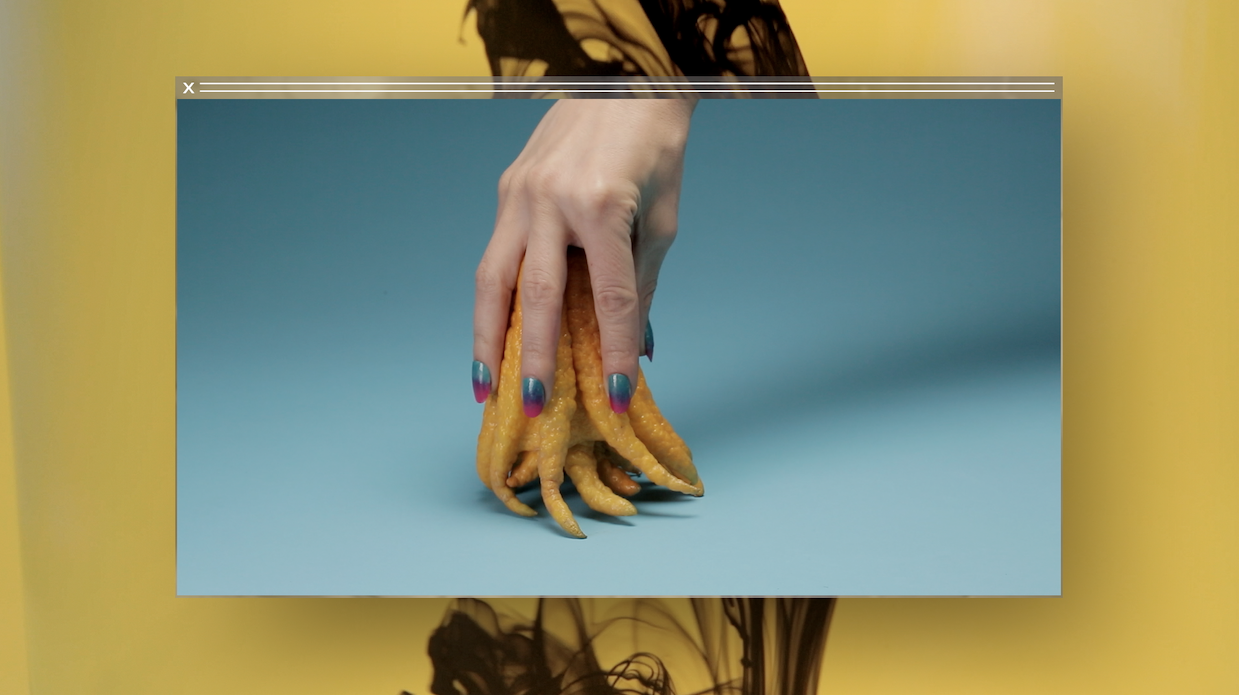
This union creates a visual sampling, a desperate invocation: a sort of hymn that takes its origin from the collaboration between the artist and the writer Jacob Bromberg. It combines scientific history with accounts of Creation belonging to religious traditions (Hindu, Buddhist, Jewish, Christian, Islamic), faiths (Kabbalah, Freemasonry), as well as oral (Dogon, Inuït, Navajo).
World Wide Wunderkammer
Grosse Fatigue begins with a Final Cut Pro file open on a backdrop photograph of the Andromeda galaxy. There follows a flux of windows popping in and out. They unfold a succession of images layered on the screen. At the top appears a Google search page, showing someone typing the history of the universe. It follows a dance of images showing species from green algae colonies to vertebrates, birds to primates and marsupials, through lots of oxygen. Two naked bodies under the shower, a color chart, drawers full of embalmed animals, seafoam, and the corridors of the Smithsonian Institute. The (poor) lost Ikea monkey. A frog sat on an iPhone.

Effervescent tablets, multi-colored marbles, a dripping Pollock painting, a bubblehead Charles Darwin, The Origin of species, splashes of soap. Wikipedia maps. Fossils, bones, and sands. A painted Zen circle painted, just like the myths tell us, contradicting each other. SAVE OUR PAST FOR THE FUTURE, says a poster in bold. While the voice-over carries on over hip-hop rhythms, these windows represent creation narratives in a vertiginous synthesis.
Collisions: Warburg’s method in contemporary art
Grosse Fatigue means depression in French. This video work carries the history of the manic activity of collecting. It shows the ambition of an institution to represent everything. It rethinks the museum: as a human system driven by anxiety and neurosis. In this manic energy, there is the fear of death that humans replace with objects.
The anxious desire to collect embraces responsibility in being fascinated by this hoarding disease. Almost as if moved by the same impulse as Johann Wolfgang von Goethe’s character, Doctor Faust. Experiencing the feeling of being exhausted and overwhelmed by the Smithsonian Website database, Camille Henrot focuses on disease, neurosis, and mania. Henrot displays and exhibits a series of images assembled in a system of meanings that is comparable to the German theorist and curator Aby Warburg (1866-1929), who changed the approach to Art History and our way of considering contemporary art.
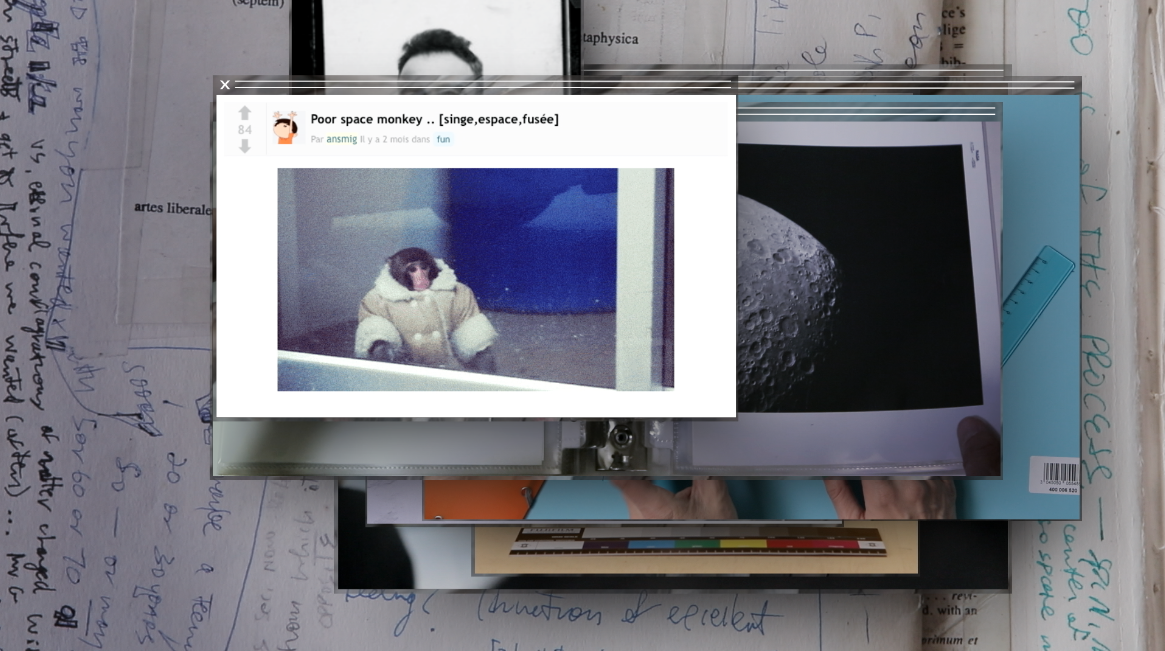
According to the principle of elective affinities, desire, pathos, and accumulation evoke the principles of the Atlas of Images Mnemosyne (1924–29) and Warburg‘s blackboards. More than eighty years later, the “windows” on Grosse Fatigue’s desktop open to the possibility of a new way of representing the overflow of knowledge in the same way. They exhibit the inability of the human mind to organize it. Warburg’s method offered the concept of connection: those associations and visual cross-references make him – after all – the father of hypertext.

Contemporary and timeless constellations
Camille Henrot embodies the research as a movement precisely because she experienced this deep visual immersion. There is certain plasticity of meaning intrinsic in any use of her lexis. Obsession supposes places: the space in which accidental knowledge happens. Researchers chase something they don’t have, that escapes them, that they desire. Research is an undertaking that continually repeats and restarts itself, getting back into crisis.
Tag




